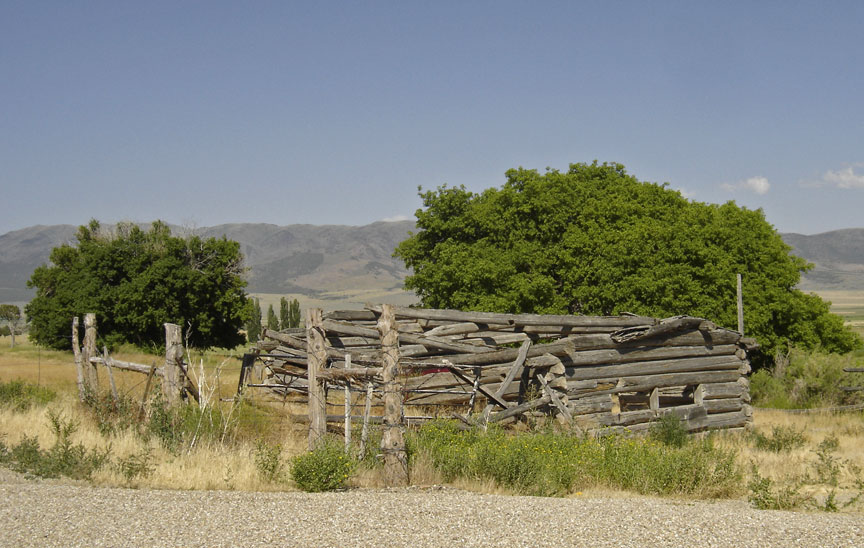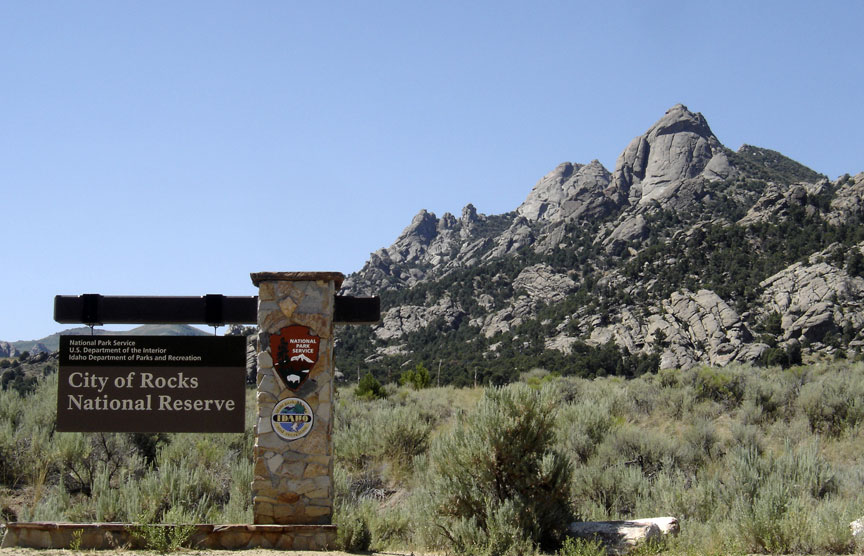

City of Rocks
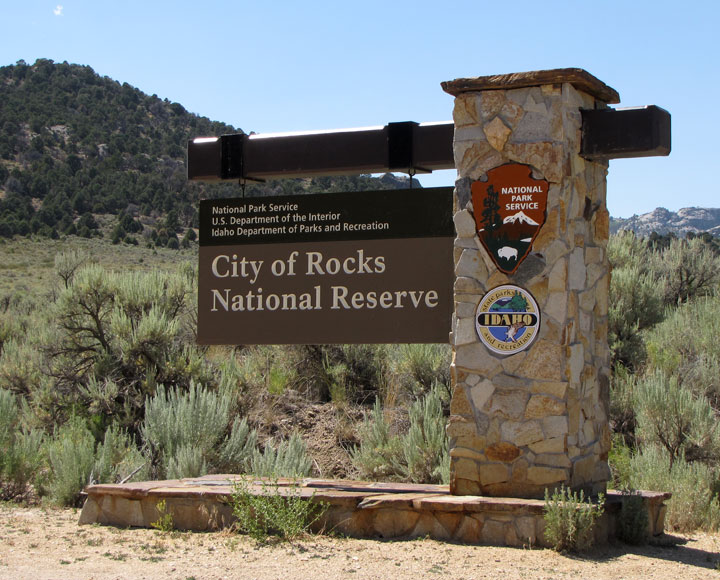
The City of Rocks , also known as the Silent City of Rocks, is a U.S. National Reserve and state park lying two miles (3 km) north of the south central Idaho border with Utah. It is widely known for its excellent rock climbing and rock formations.
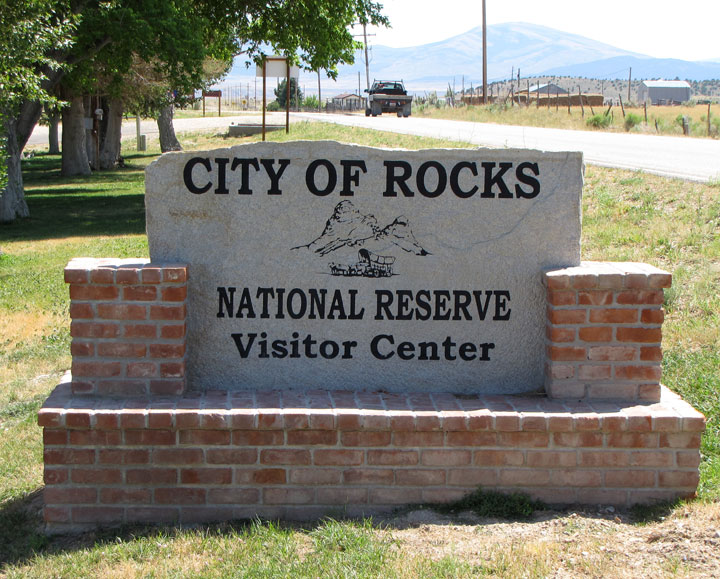
The rock spires in the City of Rocks and adjacent Castle Rocks State Park are
largely composed of granitic rock of the Oligocene Almo pluton and Archean Green
Creek Complex.

Visitor Center
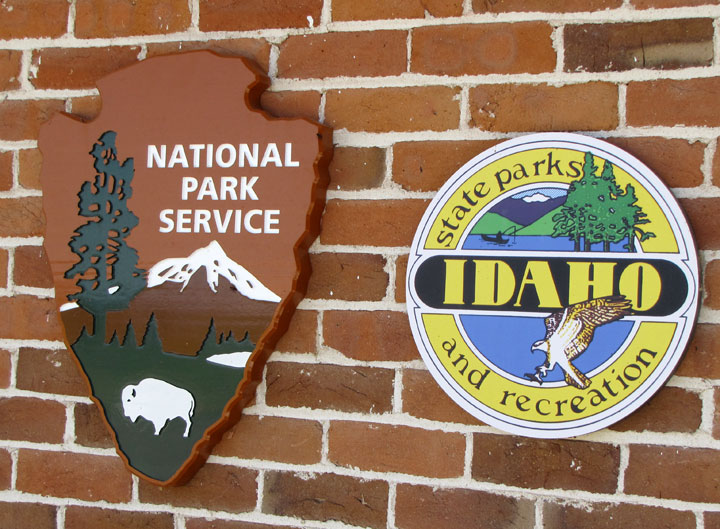
The City of Rocks is a popular rock climbing area, with numerous traditional and
bolt-protected routes. In the 1980s, it was home to some of the most difficult
routes in the USA, mostly developed by Idaho climber Tony Yaniro. Climbers in
the region refer to the area as simply 'The City'.
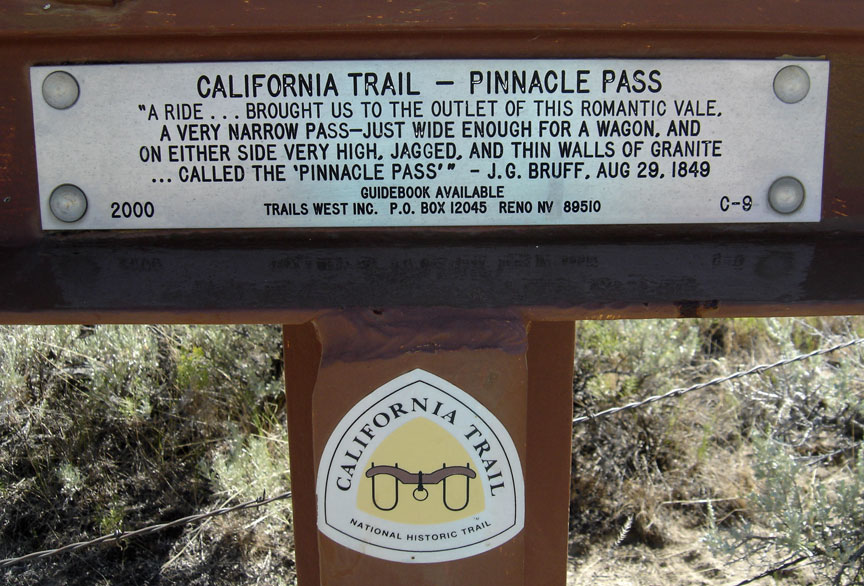
California Trail at Pinnacle Pass
The California Trail passed through what is now the City of Rocks. Wagon trains of the 1840s and 1850s left the Raft River valley and traveled through the area and over Granite Pass into Nevada. The names or initials of emigrants written in axle grease are still visible on Register Rock. Ruts from wagon wheels also can be seen in some of the rocks.
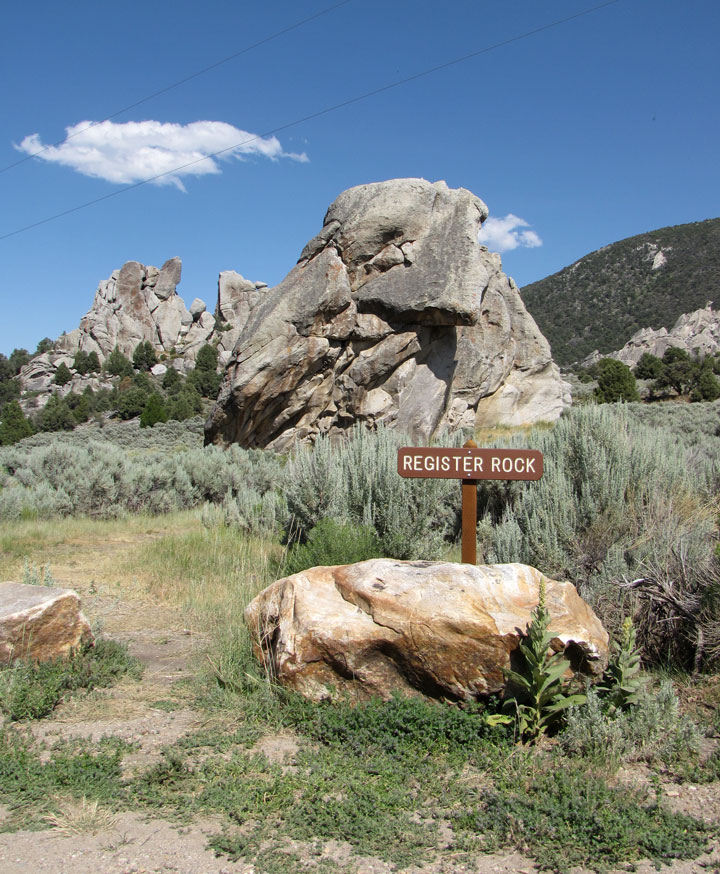
"We encamped at the city of the rocks, a noted place from the granite rocks rising abruptly out of the ground," wrote James Wilkins in 1849. "They are in a romantic valley clustered together, which gives them the appearance of a city." Wilkins was among the first wagon travelers to fix the name City of Rocks to what looked like "a dismantled, rock-built city of the Stone Age." California Trail pioneers were leaving civilization as they knew it in the East for new lives in the West. Some wrote their names in axle grease on rock faces, and their signatures can be seen today. No doubt thirsty on this northern edge of the Great Basin Desert, one emigrant saw the distant rocks in August like "water thrown up into the air from numerous artificial hydrants." Beginning in 1843, City of Rocks was a landmark for emigrants on the California Trail and Salt Lake Alternate Trail and later on freight routes and the Kelton, Utah to Boise, Idaho stage route.

The area's historical and geological values, scenery, and opportunities for
recreation led to its designation as City of Rocks National Reserve in 1988.
This unit of the National Park System is managed cooperatively by the National
Park Service and the Idaho Department of Parks and Recreation.
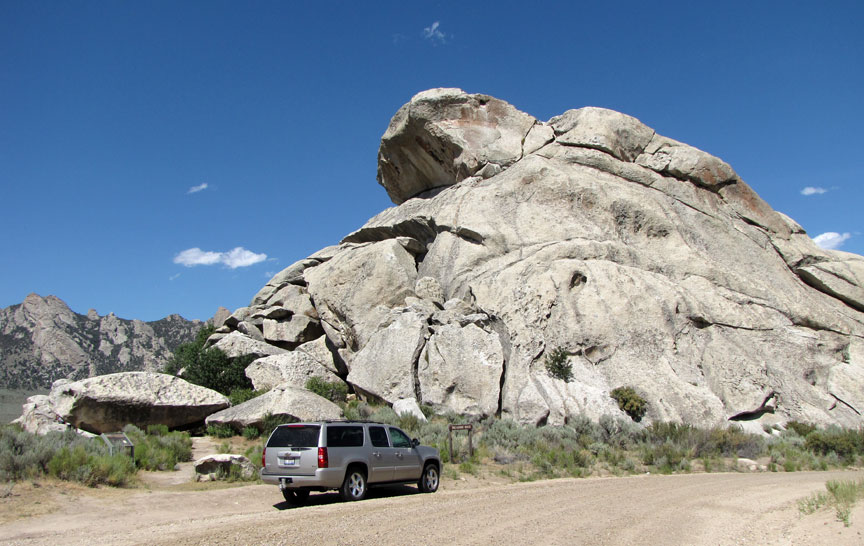
The Shoshone and Bannock tribes hunted the buffalo that once roamed in the City
of Rocks area and gathered the nuts of the pinyon pine trees. The return of
horses to the Americas in the 16th century and swelling European immigration
disrupted the Shoshone-Bannock homelands and way of life. They grew to resent
the intruders but could do little to stop them. Most emigrants on the California
Trail saw no Native Americans, but some of their journals record smoke signals
rising from high hills and the surrounding mountains.
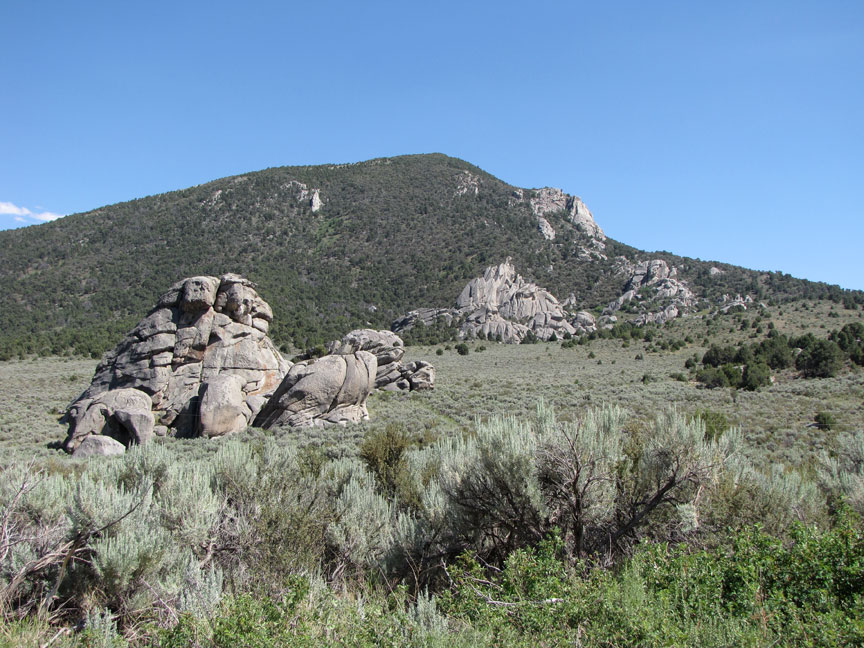
In 1826, Peter Skene Ogden and his Snake River brigade of beaver trappers were
the first non-Native Americans to note the City of Rocks. Having few beaver, the
area was ignored until 1843, when growing summer streams of wagons began flowing
through the area.
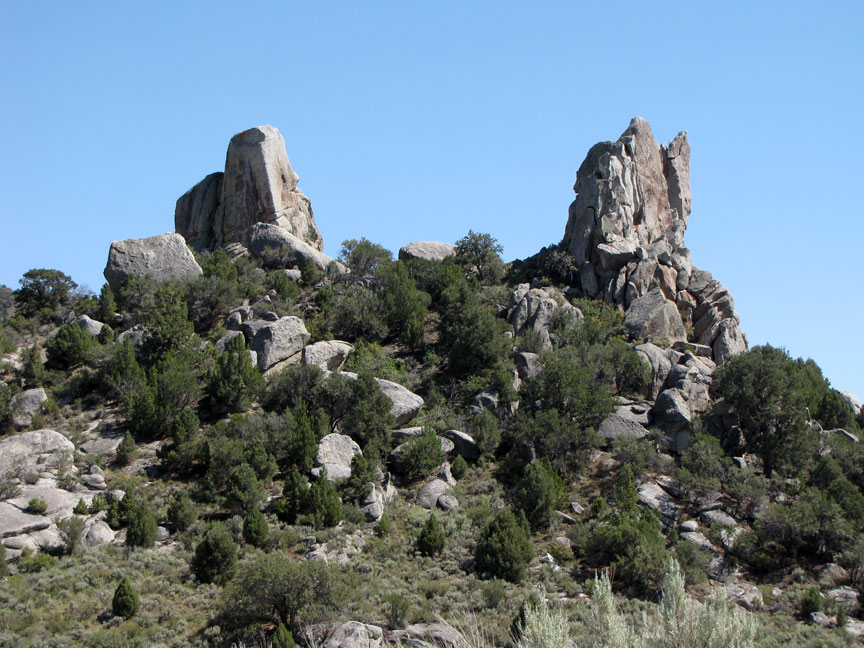
Early emigrant groups were guided by experienced mountain men such as Joseph B.
Chiles and Joseph R. Walker. Later wagon parties followed the trails themselves,
perhaps with the help of diary accounts of previous emigrants. The City of Rocks
marked progress west for the emigrants and, for their loaded wagons, a mountain
passage over nearby Granite Pass. By 1846, emigrants headed for Oregon's
Willamette Valley also used this route as part of the Applegate Trail. In 1848
Samuel J. Hensley pioneered the Salt Lake Alternate Trail from Salt Lake City
via Emigrant Canyon to Granite Pass. In 1852, some 52,000 people passed through
the City of Rocks on their way to the California goldfields.

When the trails opened in the 1840s, Granite Pass was in Mexico and less than a
mile from Oregon Territory. After 1850 the Pass became part of Utah Territory,
and in 1872 an Idaho-Utah boundary survey error placed Granite Pass in Idaho
Territory. With completion of the transcontinental railroad in 1869, the
overland wagon routes began to pass into history. However, wagons saw continued
use on regional supply routes that spread out from the railroad lines.
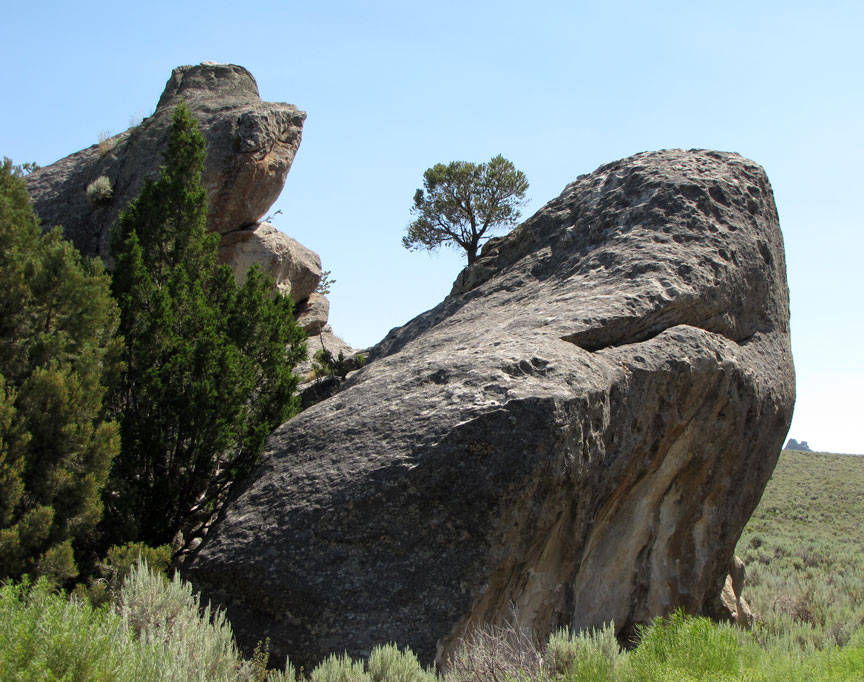
John Halley's stage route connected the railroad at Kelton, Utah with Idaho's
mining hub of Boise, Idaho and supplied the early economic development of Idaho,
which won statehood in 1890. The Kelton stage route passed through the City of
Rocks, with a stage station set up near the junction of the old California Trail
and the Salt Lake Alternate. Settlers began to homestead the City of Rocks area
in the late 1800s. Dryland farming declined during the drought years of the
1920s and 30s, but ranching survived. Livestock grazing began with early wagon
use of the area in the mid-1800s and continues today.
Text from Wikipedia
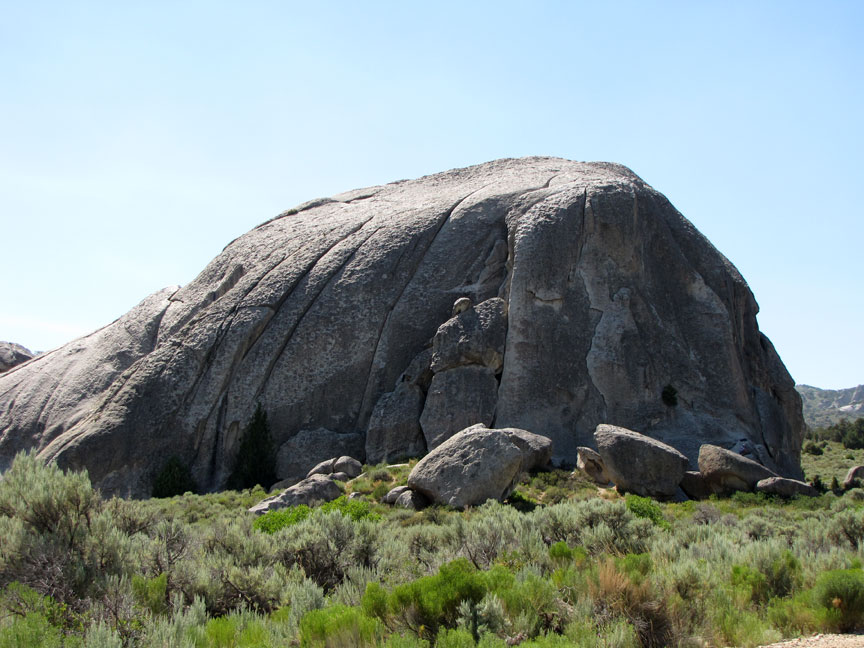
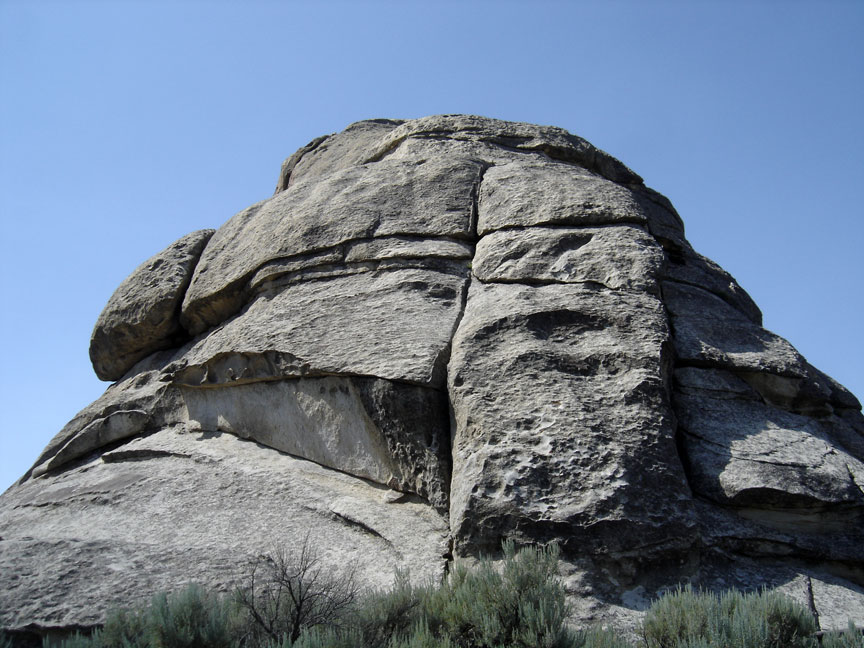
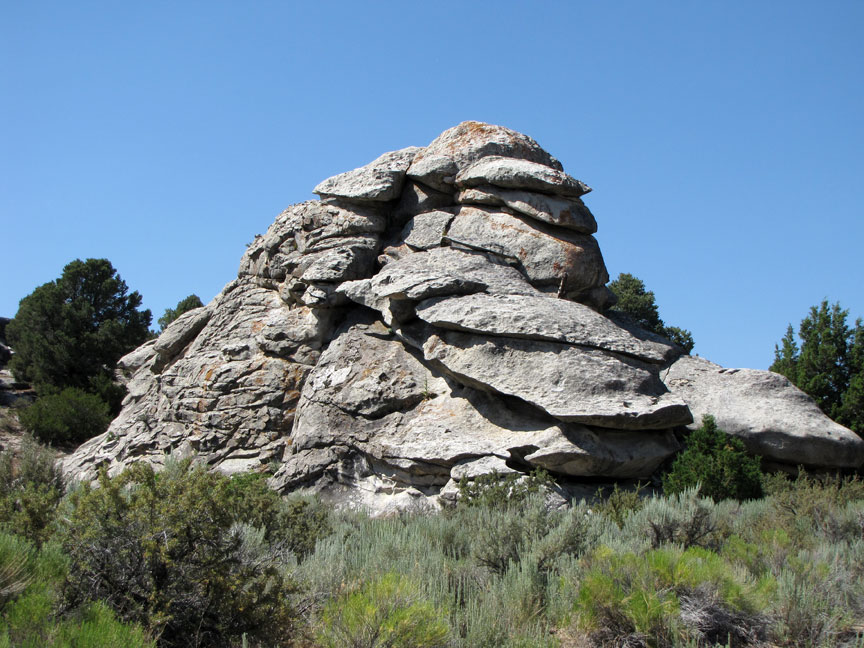
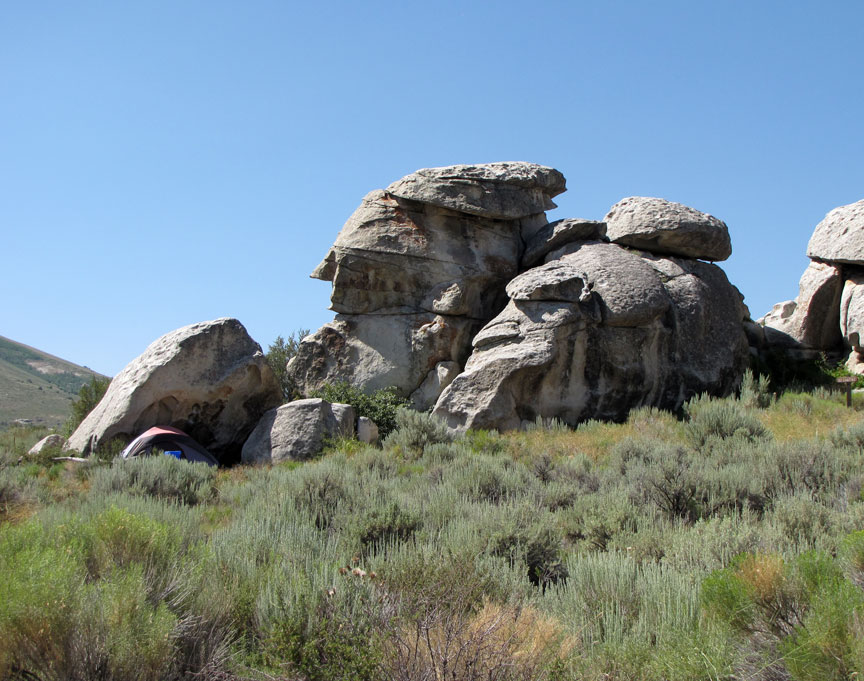
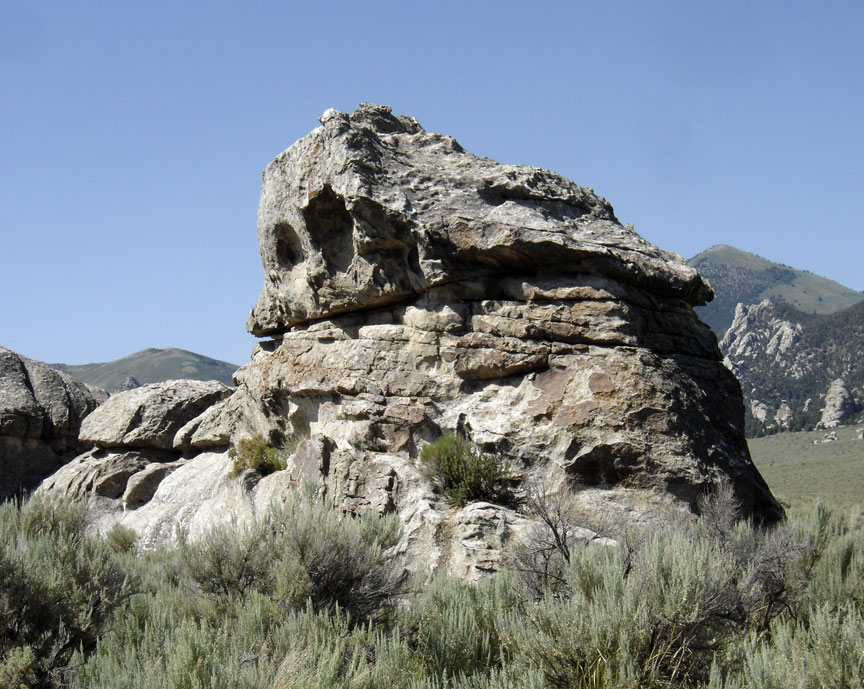

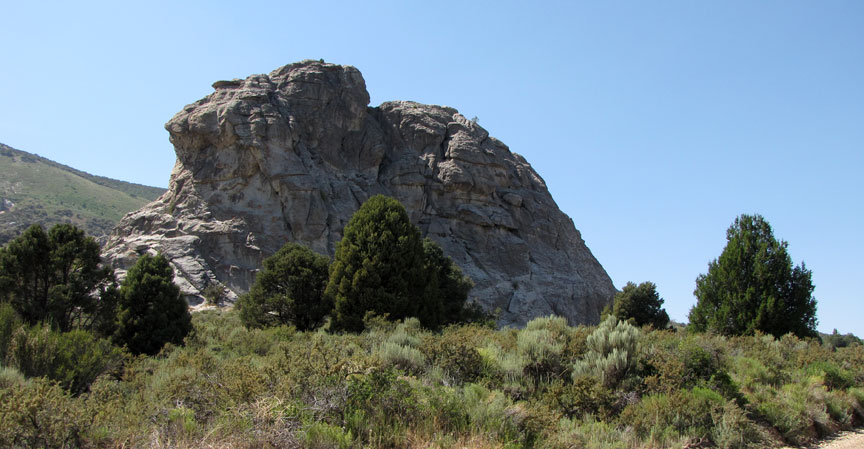

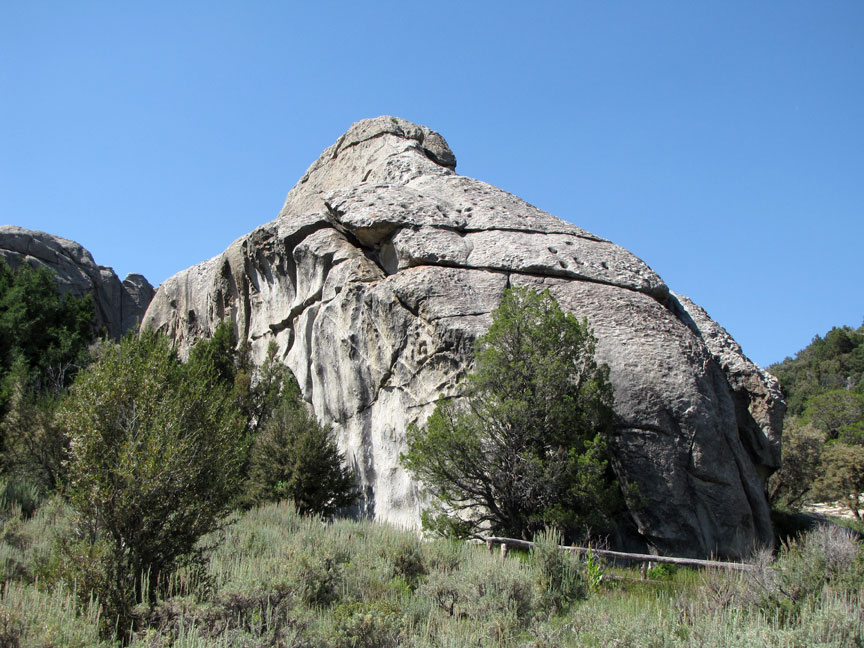

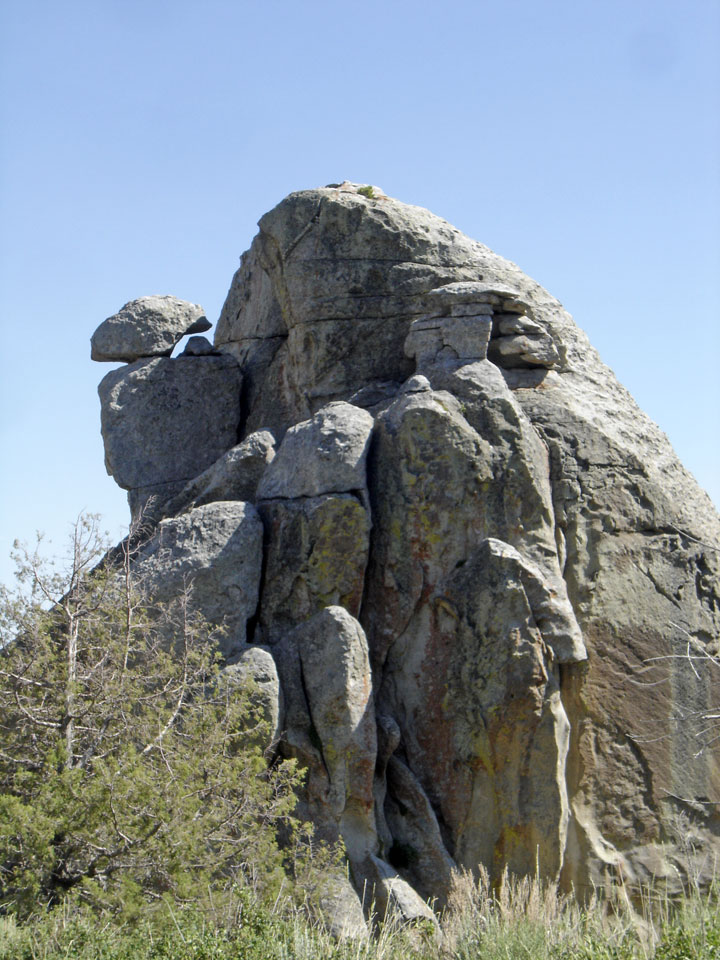
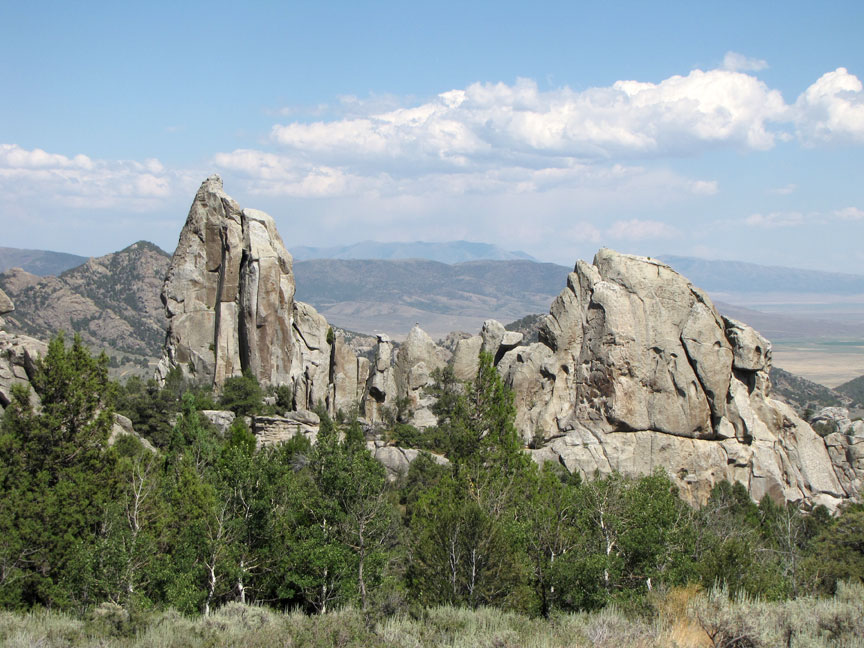

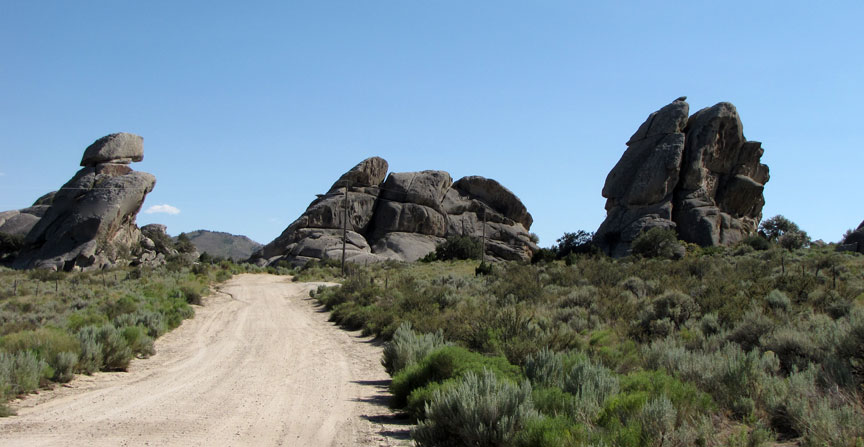




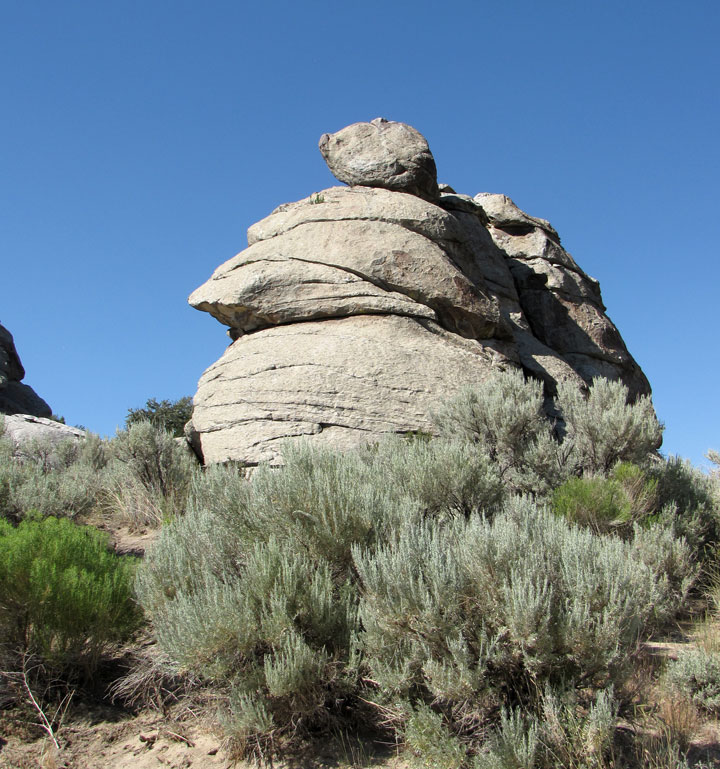

Twin Sisters
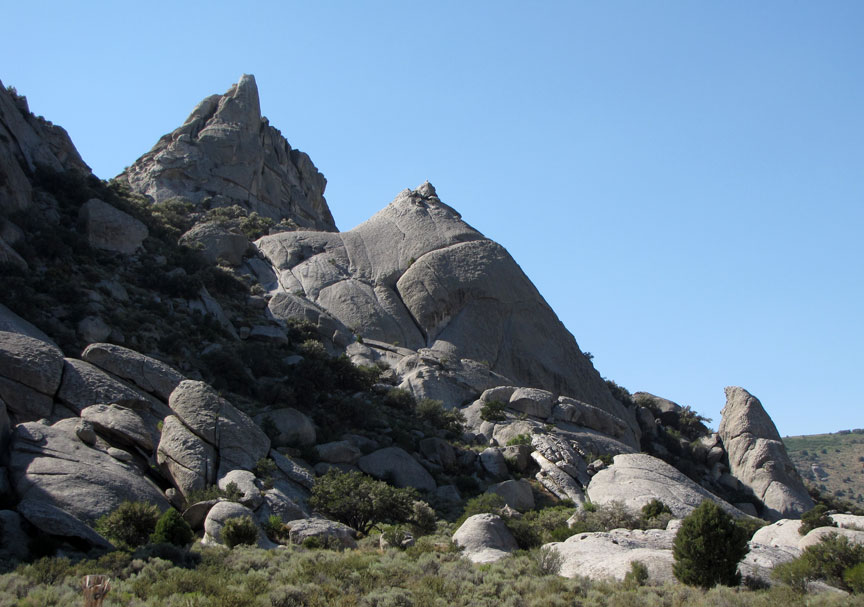
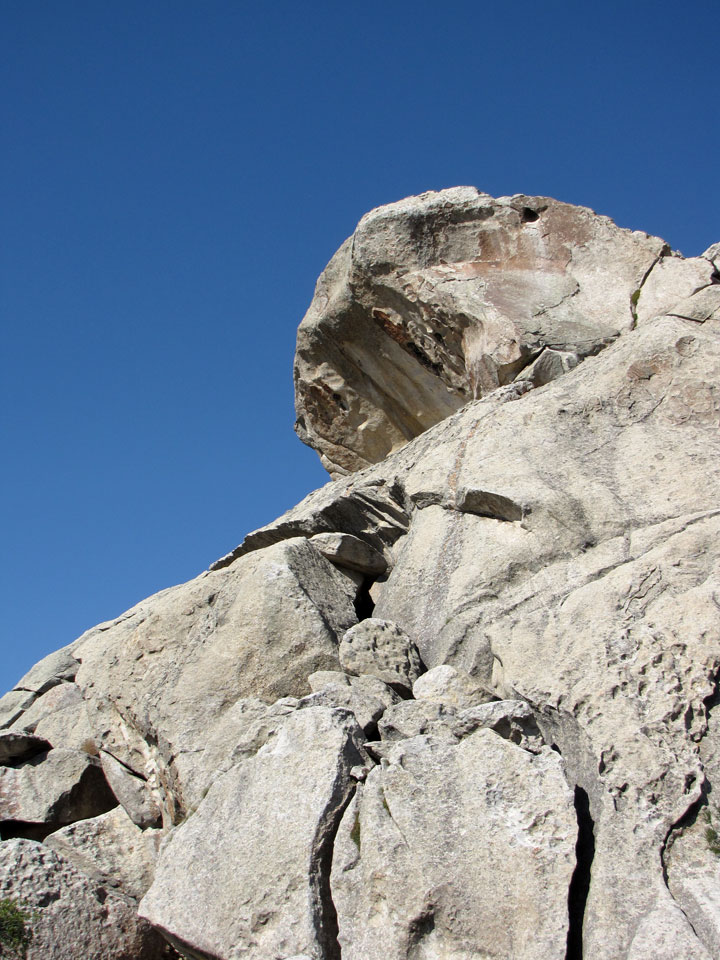
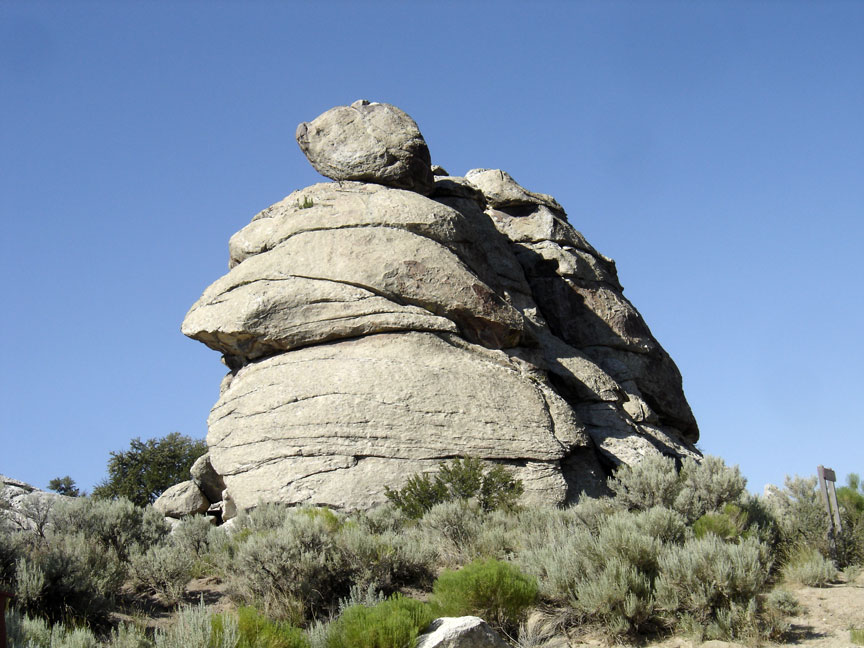


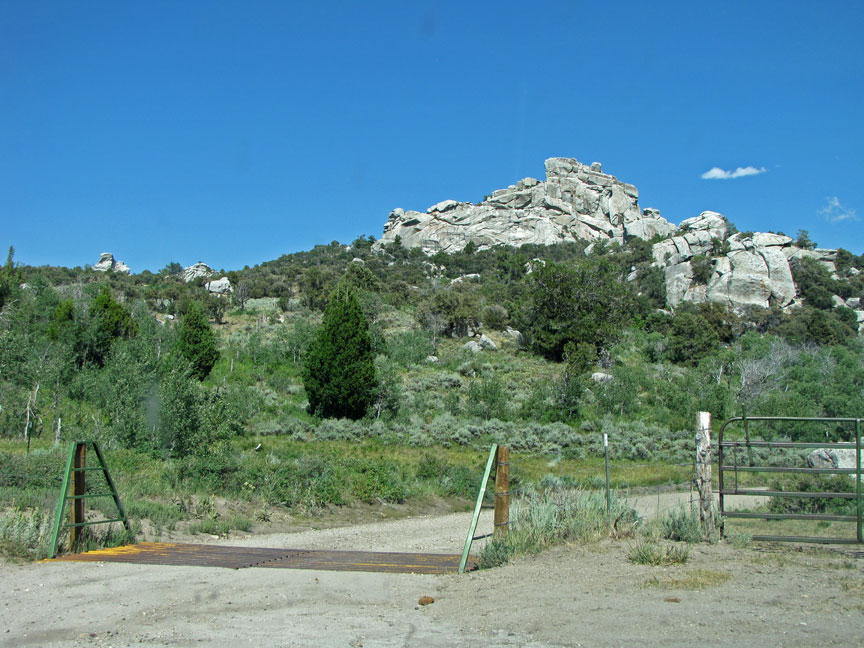
back gate

remains of a ranch
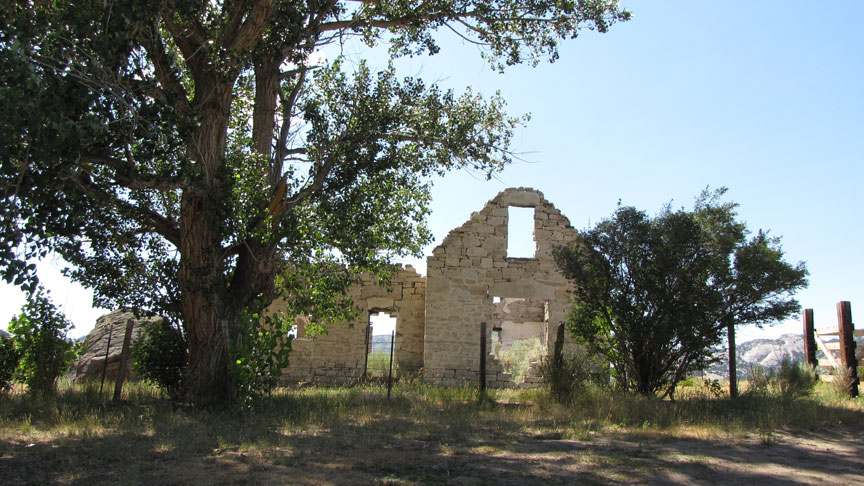
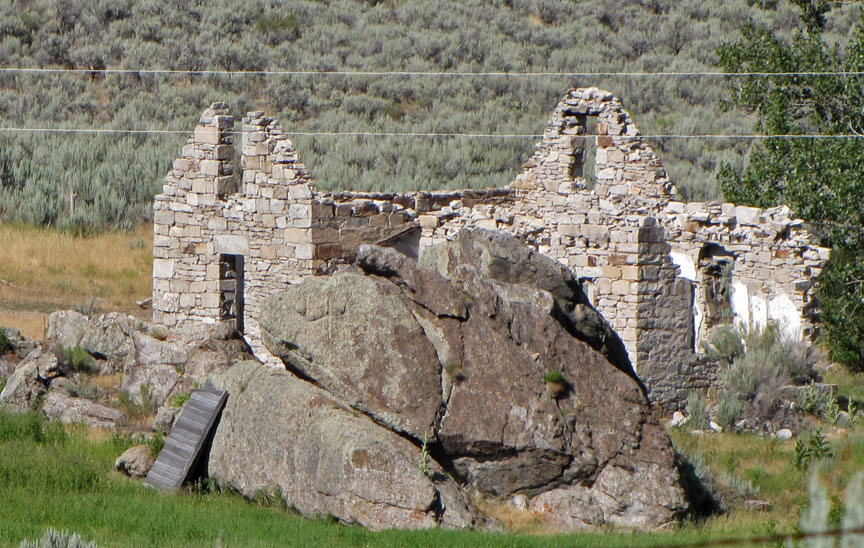
former ranch house

